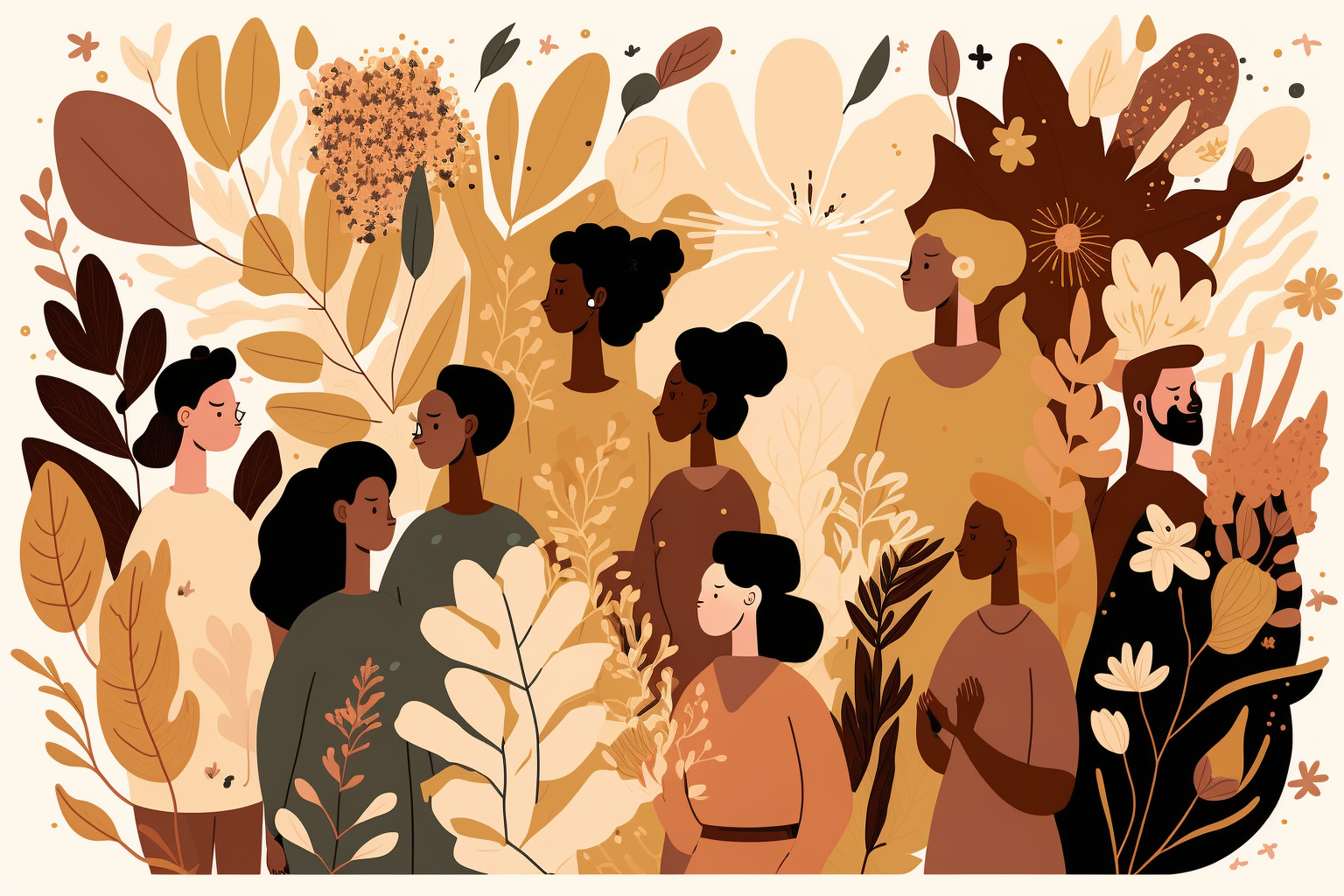Why Do Authors Use Imagery
and Description?
By Mary Kole
Mary Kole is a former literary agent, freelance editor, writing teacher, author of Writing Irresistible Kidlit, and IP developer for major publishers, with over a decade in the publishing industry.
If you’re wondering why do authors use imagery in their craft, you’ve come to the right place. Creative writing is a powerful tool for expressing emotion and connecting with readers. An important component of the writing craft is writing imagery, which can include simile and metaphor, as well as other forms of figurative language. By using imagery in creative writing, you can create an experience that sticks with readers long after they have finished your story—and you can also stretch your imagination and enjoy yourself. But just how much imagery should you use? Let’s take a closer look at the topic of why do authors use imagery, and find out.
Getting to the Bottom of Why Do Authors Use Imagery?
Imagery is an important part of creative writing because it allows writers to evoke powerful emotions in their readers without explicitly stating what those emotions are. You’re probably familiar with the age-old adage of show, don’t tell. For most fiction, you want to avoid stating emotion outright, or explaining anything to the reader. Why do authors use imagery? To arrive at their points without being too obvious.
For example, if a character is feeling sad or lonely, the writer can describe the character walking through a dark forest on a cold winter night instead of directly stating what the character is going through. This kind of subtlety helps create an immersive experience for readers while also conveying deeper meaning. (Though I would be careful of using the weather as an objective correlative, as this is a pretty familiar choice.)
When to Use Imagery In Your Fiction Writing
Another question that frequently comes after “Why do authors use imagery?” is when to use that imagery, and how. Imagery should be used at key moments throughout a story in order to emphasize certain emotions or events. For example, if you want to really underscore the fear that your protagonist is feeling during a particularly tense scene, then you might use creepy descriptions of shadows moving across walls or eerie sounds seeming to echo from empty corners. The imagery will be “on edge,” and will suggest that your character feels uneasy. But don’t do this in every scene. Save any deep dives into imagery for important turning points or the climax of the story. Otherwise, you might get called out for overwriting or purple prose.
What’s a Good Balance of Figurative Language?
One common mistake that many writers make is overusing imagery in their stories. Writers love imagery, and if this is a natural talent of yours and comes easily, you might be tempted to lean in. It’s best to curb your enthusiasm here. Authentic writing voice comes from keeping your writing clean, clear, and simple (which is actually very difficult to pull off and takes a lot of behind-the-scenes work). It’s easy to bog a reader down with overly elaborate setting descriptions or overly flowery language. If your goal is to make sure readers can visualize your story, while also anchoring your work in plot and character development, then err toward less flashy writing as a baseline, with bursts of imagery when appropriate. Too much imagery too often also causes problems with pacing—or the reader’s perception of how quickly or slowly your story moves. Remember, at the heart of your book is the story itself, and the storytelling. Don’t ever let your style (imagery) overshadow your substance (plot, characters, story tension, universal theme, etc.).
At its core, creative writing relies heavily on imagery in order to create powerful experiences for readers while also conveying deeper meaning. Why do authors use imagery? To really draw reader attention to what’s important in the story. Figurative language can be an exciting playground where you can show off your creativity, but it definitely shouldn’t be the focus of your manuscript. By understanding why do authors use imagery, you can better craft meaningful experiences for your readers—without going over the top.
For those eagle-eyed readers who are wondering just what kind of editor would write an article with the clunky phrasing of “why do authors use imagery” over and over on her website, I applaud you for noticing that this reads awkwardly. Please note that I picked this keyword phrase on purpose, as part of my SEO (search engine optimization) strategy. If you’re curious about writer marketing techniques, check out Good Story Marketing.

Click here to purchase Writing Interiority: Crafting Irresistible Characters, my book on interiority and character creation. Explore your protagonist’s thoughts, feelings, reactions and interpretations, expectations, and inner struggles to create a rich, immersive experience. This guide will empower you to create characters who live and breathe on the page, fostering an unbreakable bond with your audience.



